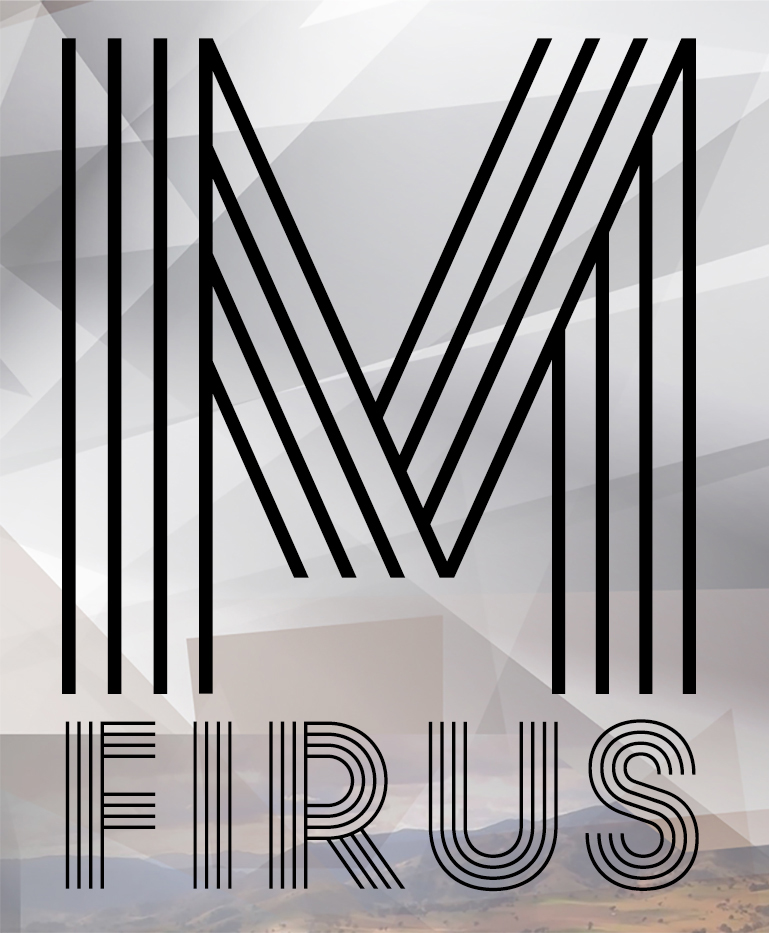
Colour Grading
Through colour grading, a multitude of differing meanings can be created using the same footage. This post is an exploration of these meanings. For this exercise, I will use footage I have shot that I intend to use (in part of course) in my final project. All the following colour work was done within the Lumetri Color workspace within Adobe Premiere Pro. For this reason, the values listed below follow Adobe’s arbitrary units and do not signify accepted standard units such as Kelvin or F- numbers. The shoot from which the following images derives from had a cool, naturally lit environment with diffused sunlight.
To achieve a more workable base, I reduced my cameras in-body sharpening, saturation and gamma.
Example 1: Original Footage:

Shot 1: Color Grade 1:
For the below colour grade, I wanted to create a heated look. I envisaged the type of light that would appear during a bushfire, and this was what I tried to replicate below. In terms of parameters, I simply increased warmth by +68 units. It is interesting to note; this grade could have differing meanings. If indeed the film was about a bushfire, the below grade could be seen as ominous and hostile; implying the dangerous fire is near. For example, this is the type of light small rural towns experience before a dangerous bushfire situation.
Shot 1: Color Grade 2
For this grade, I wanted to achieve a dark, gloomy and cold feel. The environment that this grade creates is that of twilight after a light shower of rain; the dampness darkening the tree bark and the heavy rainclouds further cooling and darkening the natural light. To achieve this effect, the following parameters were altered: Temperature (-45) Contrast (+144) Shadows (-150) and Blacks (-23)
Shot 1: Color Grade 3
This colour grade is somewhat more experimental, but I think is the most beautiful. It was achieved through altering colours within certain luminosities. In other words, I experimented with changing colour values within the strictures of highlights, mid-tones and shadows. For the grade below, I reduced the colour temperature within the highlights, introduced more warmth into the mid tones and finally bumped up vibrancy. The result is reminiscent of a warm expressionistic film stock. My favourite part of this grade is hope it enhances the auburn of my actor’s hair – something that is useful for characterization.
Shot 2: Original footage:
Shot 2: Color Grade 1
For this grade, I intended to attempt to create a stylised naturalism. In other words, the grade below is not an accurate representation of what the mise en scene looked like, but nonetheless, it seems viable to assert it is “natural looking”. With this ‘stylised naturalism, I attempted to match the basic colour scheme of early colonial painting depicting late morning diffused light. To achieve this effect, the following parameters were altered: Temperature (+5) Saturation (+20) Contrast (-10)
Shot 2: Color Grade 2
This grade had a very specific intention: to create an early nighttime scene. The ability to create this effect through grading has far reaching implications in terms of production design. Obvious of these is that for some scenes at least, the logistical inconvenience of shooting at night can be avoided. To achieve this effect, the following parameters were altered: Temperature (-135) Highlights (-40) Contrast (+150)
Shot 2: Color Grade 3
The following grade was experimental and involved altering the RGB curves of the footage. I intended to make the footage a sickly green/blue/grey look. This look could find utility in a horror film for example. To achieve this effect, the following parameters were altered: Via Curves: Green gamma increased, Saturation (-20)
Shot 3: Original footage:
Shot 3: Color Grade 1
For this grade, I introduced only one parameter: a heavy subtractive vignette. A vignette such as this one could be used for a variety of different effects. One of these could be in the formulation of a dream or flashback sequence. I think these scenarios also reflect on the contemplative expression of mt actor.
Shot 3: Color Grade 2
This grade has more subtlety, and pertains to a specific time of day and location: a sunset filmed from a point in the terrain where no light can reach it. Examples of this can be found in many films where the characters must spend the night outside, and a trying to find shelter. To achieve this effect, the following parameters were altered: Highlights (-10) Contrast (+20) Exposure (-1)
Shot 3: Color Grade 3
I intended this shot to be a more extreme version of the grade on Shot 2: Color Grade 2. The effect I intended to achieve was that of midnight with a slight hint of moonlight. This grade creates an interesting lighting effect on the actor’s face wherein her ‘off-side’ is illuminated











